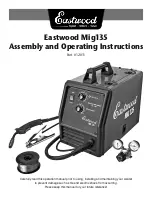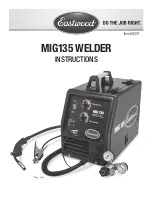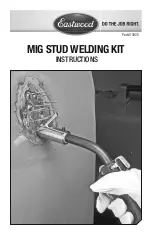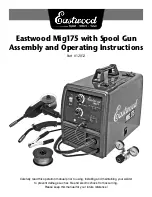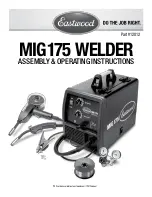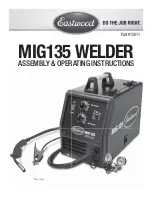
Installation
i-on30EXL/EXDL
Page 20
the prox readers will interfere and be unable to
read tags.
Opening the External Prox Reader
To open the external prox reader (see Figure 30):
1. Undo the single retaining screw.
2.Tilt the edge of the fixing plate and then slide it a
short distance parallel to the body of the prox
reader.
3. Slide the fixing plate away from the reader
body, along the cable.
Figure 30 Opening External Prox Reader
Figure 31 shows the details of the external prox
reader backplate:
1
1
2
3
1. Fixing hole.
2. Cable entry.
3. Anchor for retaining screw.
Figure 31 External Prox Reader Fixing Plate
Fit External Prox Reader
Use M4 25mm countersunk screws at both fixing
holes when mounting the back of the keypad on
the wall. Ensure the screw has a thread suitable
for the wall material.
Connecting Remote Prox Reader to
Keypad
Segregate the external prox reader cable from
any other wiring such as mains supply cables,
telephone cables, computer network cables and
R.F. cables. Use cable ties to keep cables
separated.
Keep the prox reader cable clear of cables
supplying sounders or extension loudspeakers.
Figure 32 shows the wiring connections at the
keypad.
Figure 32 Connecting the External Prox Reader
Tone Volume
– All Keypads
To alter the volume of non-alarm tones from the
keypad adjust the keypad sounder volume control
(2 in Fig 8):
Louder
Note: This control changes the
volume of non-alarm tones (for
example Exit/Entry tone). The
volume of alarm tones is fixed.
Softer
Engineering Keypad
An Engineering Keypad is a modified i-kp01 that
can be plugged into a dedicated connector on the
control unit PCB (see 17 on Figure 3) or any of
the expanders (see 13 on Figure 15 or 10 on
Figure 17). An Engineering Keypad does not need
to be addressed, and will always be recognised by
the control unit as an engineering keypad.
You can use an Engineering Keypad to program
the system without being tied to any of the
installed keypads. If you wish to move an
Engineering keypad from one connection point to
another then you can do so without removing
power from the system.
Step 4. Fit and Connect
Expanders
Both wired and radio expanders are supplied in
the same plastic case. Use M4 25mm
countersunk screws in all three fixing holes when
mounting the back of the case on the wall. See
































